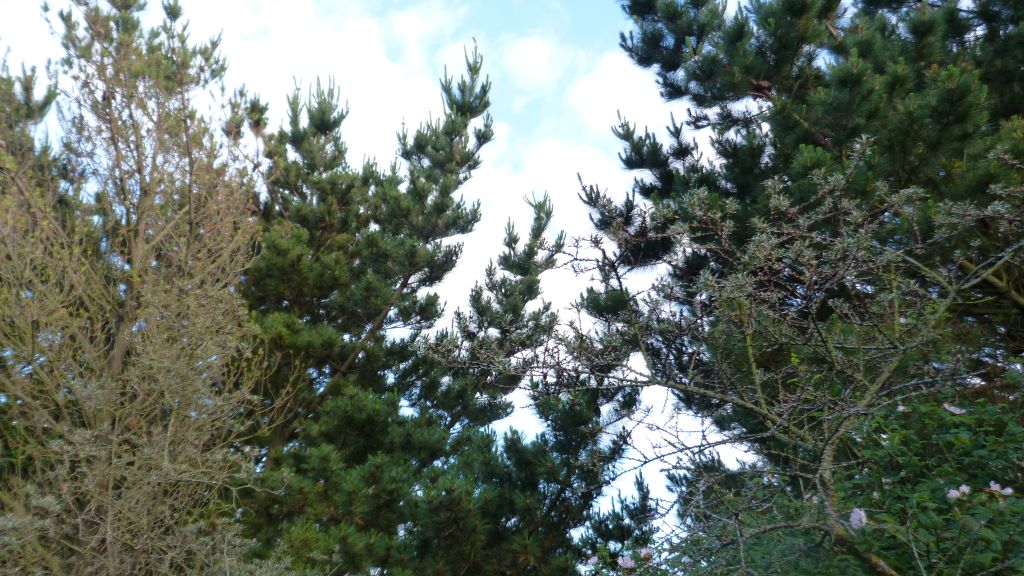Trees are not only wonderful things in their own right. They are a rich source of myth and folklore. One persistent theme concerns trees that walk. In English folklore willow trees can uproot themselves and pursue travellers. Shakespeare used the idea when Birnam Wood appeared to march on Dunsinane in Macbeth and Tolkien used the same idea to create the Ents in Lord of the Rings.
Trees can travel in the sense that wind, bird and animal dispersal can carry their seeds until they arrive at suitable sites to germinate and grow. And the Aspen tree can grow via creeping roots and suckers until a single tree can fill a whole valley.
Around two and a half million years ago we entered the ice age that obliterated all the trees in Northern Europe. Every time the ice retreated during the interglacial periods the trees resumed their northern march. And every time the ice returned the trees retreated, until 11,600 years ago when the ice retreated for the last time.
For the next 3,500 years the trees advanced over the extensive land bridges in the North Sea (Doggerland) and the English Channel. But their northern migration was halted by a tsunami that swept away the land bridges and created our island nation. No more trees could cross. Fifty-two species were stranded here, along with a few thousand Mesolithic people.
For a while the trees prospered and the people prospered beneath the shelter of their branches until about 5000 years ago when we began to slash and burn to create a space to grow crops. And later, in the iron age we needed trees for charcoal to smelt the ore. This period coincided with a cooling in the climate that made it harder for the trees to regenerate. Slowly but surely humankind advanced and forests declined. It is a process that continues to this day.
Another process has been the human introduction of tree species from around the world, so that now we have around 1500 different species, giving us more trees but less of them, if that makes sense.
Over the course of this year it is my ambition to encounter all of our fifty-two native species, beginning with the conifers. Before the glaciers came conifers were the dominant plant species on earth, especially in the north. But even before glaciation they were coming under pressure from flowering plants. Most of the conifers became extinct. Some 630 survived worldwide and 400 of those are found in the northern hemisphere. Of those 400 only three had made it to Britain before the Tsunami, 8000 years ago: Yew, Scots Pine and Juniper. They are my target species for January.
Conifers arouse mixed emotions. We automatically associate them with commercial plantations of imported spruce and larch that lack the diversity of our broadleaf forests of oak and ash and lime, rowan birch and elm. But the Scots pine was part of a thriving temperate rainforest that dominated the western side of Britain. The Yew tree is a familiar sight in many a country churchyard and without the Juniper there would be no jenever or gin for us to drink. Even the sterile commercial plantations are an important source of carbon capture. More so as the tropical rainforests suffer the predations of modern man.
I shall return to some of our commercial conifers in December with a consideration of Christmas trees that crown our year alongside the actual king of trees, the Holly. But January is halfway done and so I must away and seek our native conifers.
